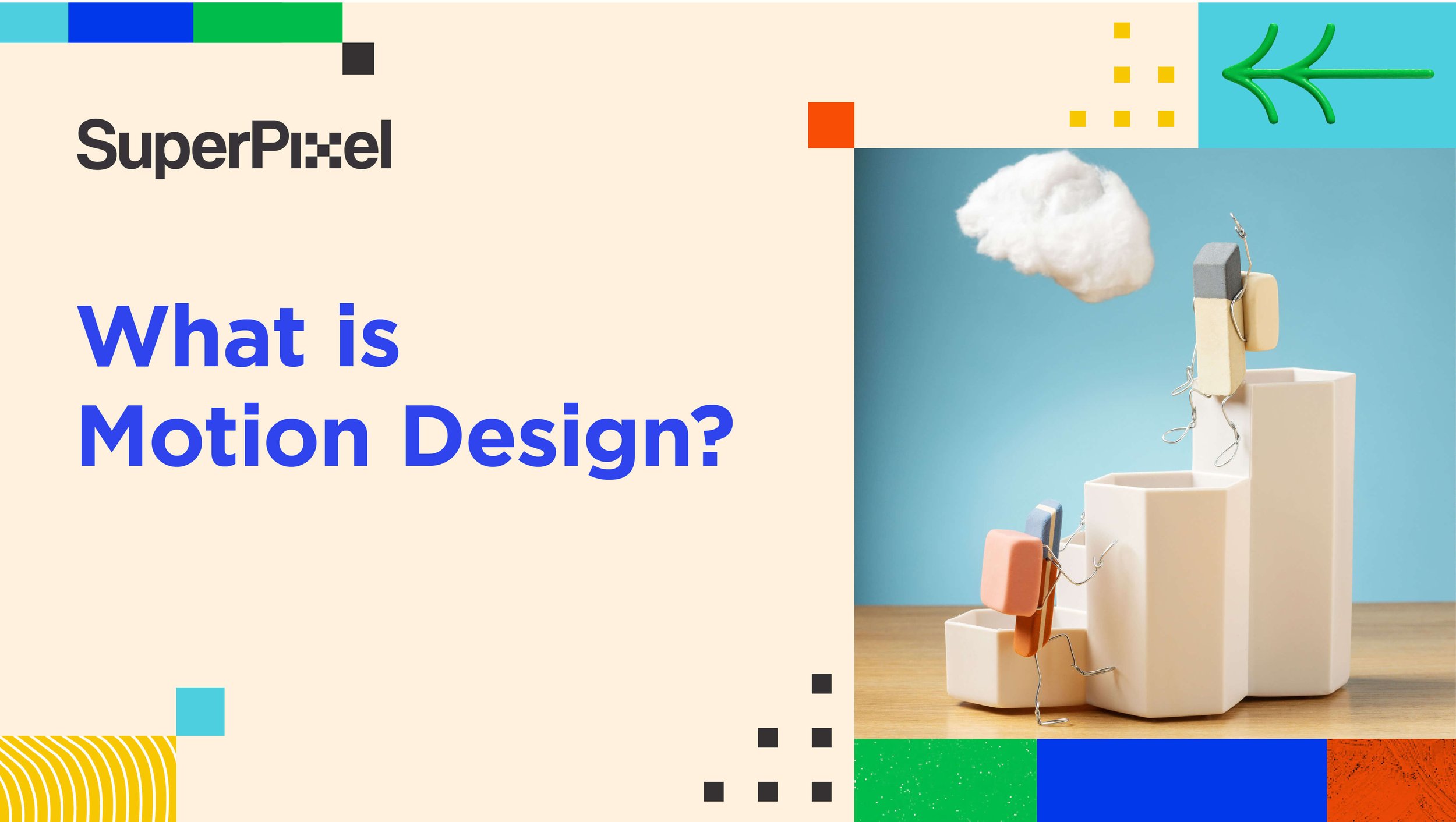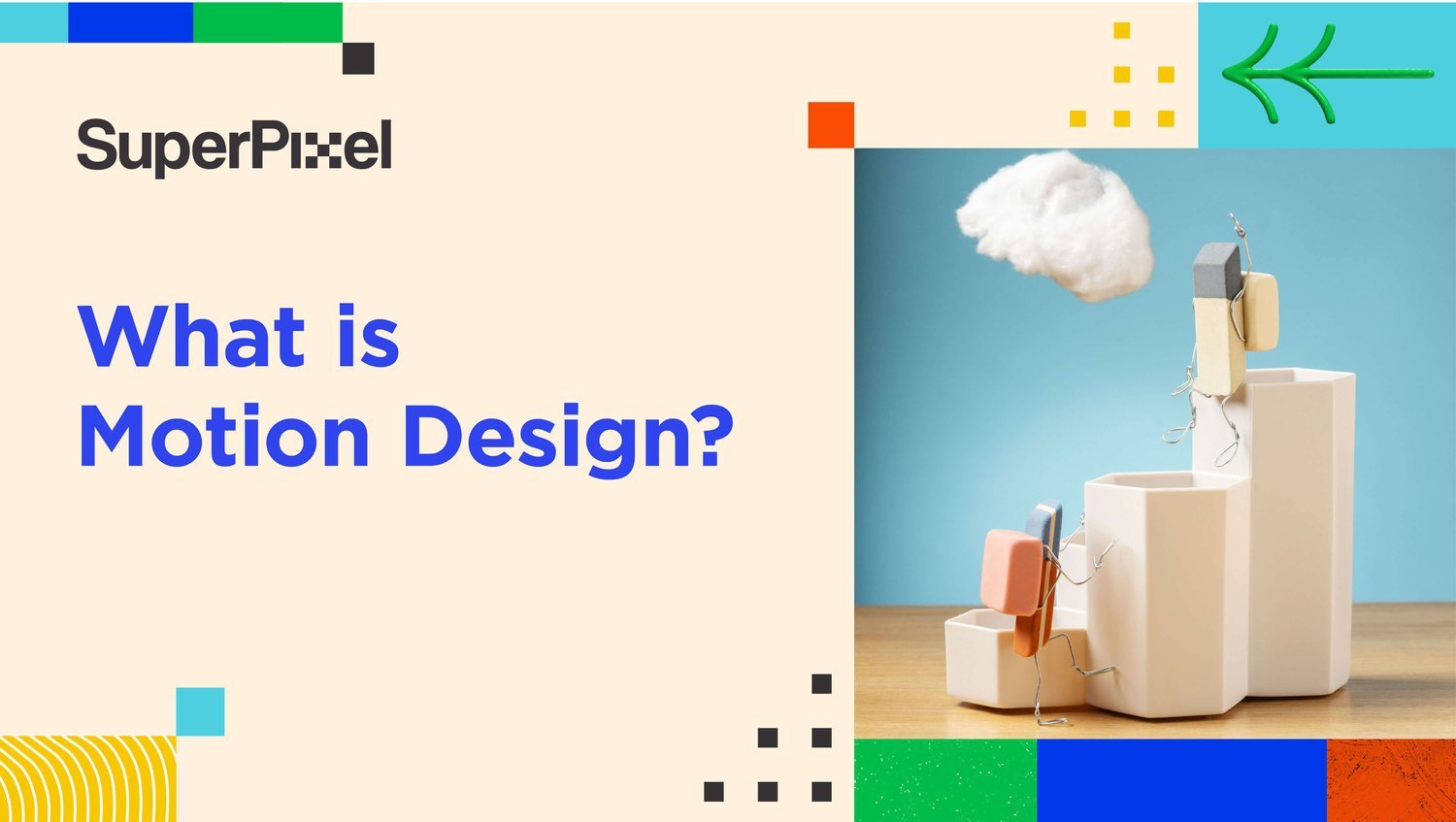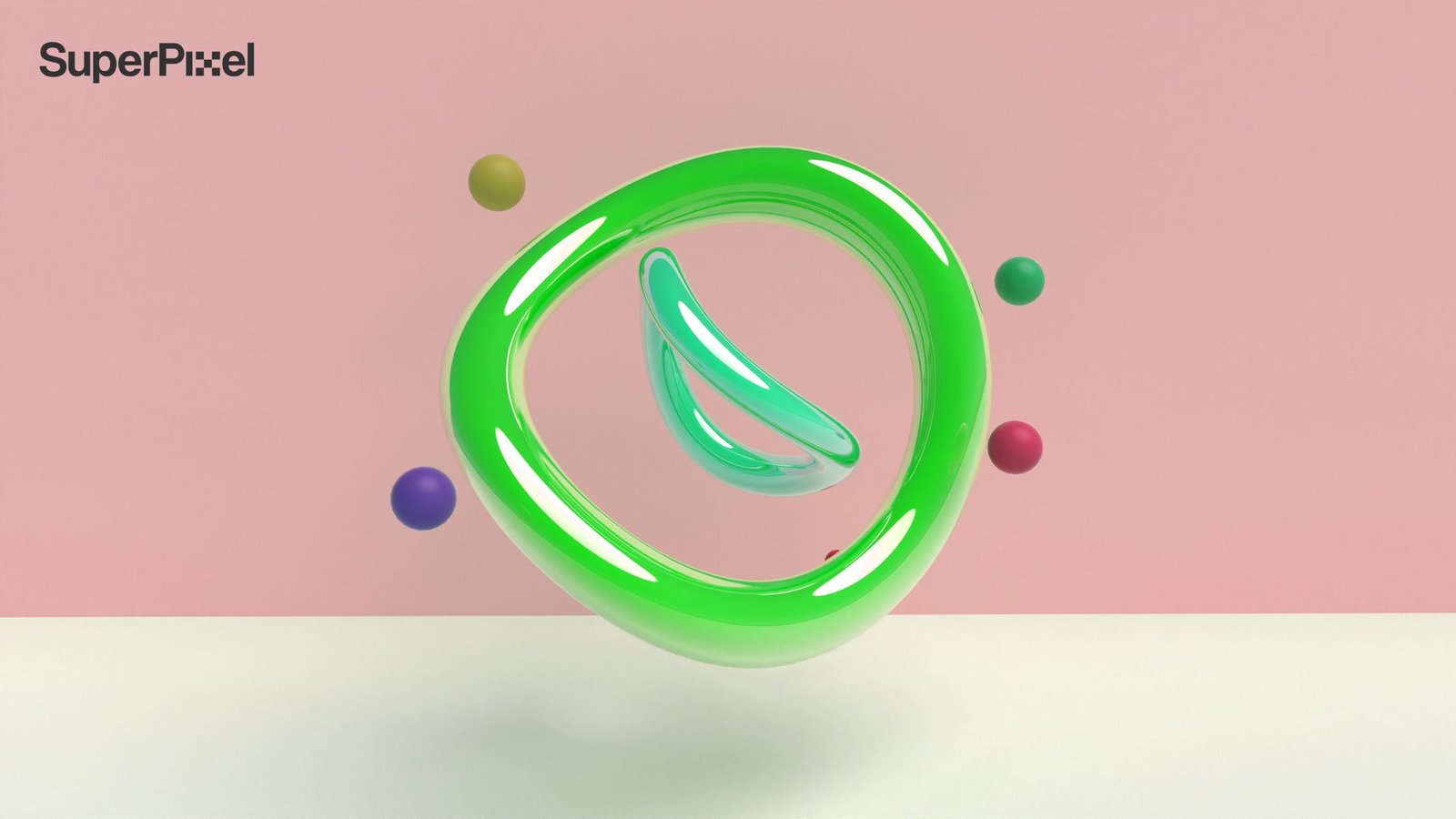Motion design is used in almost everything we saw either on television, motion pictures, websites, and apps. As digital technologies continue to adapt to new trends, motion design helps to communicate the brand or ideas to consumers across all media.
The traditional graphic design that we once looked for in a brand becomes more appealing because of the motion design principles applied to it. Here’s what you need to know about motion design.

What is Motion Design?
Motion design is essentially an application of motion in graphic design. It is the art of bringing graphic design to life with the help of animation. Motion designers apply both graphic design elements and animation techniques. It includes using graphic design knowledge and principles to create movies, videos, and other time-based media like animated GIFs.
Motion design helps to provide effective communication with the audience and adds a compelling message using stunning graphic design combined with well-crafted texts and music.
A Look Back at the Origin of Motion Design
The foundations of motion design can be found in the earliest days of animation.
Motion design may be traced back to the 1800s with the invention of flip books and analogue animation machines, but it didn’t take off until the 1940s. The early pioneers of motion design are Norman McLaren and Oskar Fischinger.
Early Motion Designers in Film
The work of notable designers like Saul Bass, Maurice Binder, and Pablo Ferro helped the field of motion design soar in the 1950s.
Saul Bass is most known for the eye-catching film posters and motion designs he created for the film industry, which featured titles for films by renowned directors like Alfred Hitchcock and Martin Scorsese. Meanwhile, Maurice Binder created the motion design film titles of 16 James Bond films including Dr No in 1962. These great examples of motion design have served as inspiration for many designers. These artists paved the way in the world of film title design which was later adapted to animated TV titles and logos that became popular in the 1950s.
Motion Design vs Animation
The line separating the two is somewhat vague, and motion design is sometimes confused with animation, although there are key differences. Traditionally animated films rely on characters to develop the plot. These characters play major roles in the films and are typically quite expressive. In motion design, videos and graphics are used to create visual effects (VFX) and the movements are rather abstract compared to animated films.
Animation as a discipline aims to describe the story of characters through time and space. Meanwhile, motion design serves a different purpose because it is more abstract or aesthetic, and it is often text-based. It works well for marketing and advertising agencies since it typically supports the delivery of messages in video format.
Uses of Motion Design
One of motion design’s essential use is creating text-based content that is more appealing and engaging. Motion design uses visual effects to deliver messages and information that would stay in the audience’s minds. Motion designers regularly team up with designers, videographers, photographers, and video editors to create different motion graphic styles.
1. Explainer Videos
Motion designers frequently possess good visual communication skills. An explainer video or process guide would benefit greatly from the usage of motion design because it can make uninteresting objects or data more engaging. Here’s a look at Superpixel’s ‘Epson Be Cool Sustainable Technology’ explainer video.
Complex graphics like an infographic can be made into an attention-grabbing, colourful video using motion design principles. Explainer motion graphics help to visually communicate ideas, which is an integral part to engage an audience and guide them from a simple to a more complex context. A narrator typically walks the viewer through the motion graphics on the screen to guide them through the content.
2. How-To Videos
How-to videos are often searched for and help consumers in choosing one product over another. This is why every brand needs to include this to complete their marketing campaigns.
How-to videos are useful even after purchasing a product. Undoubtedly, a how-to video is superior to an instruction manual to enhance user experience. But, not every business can afford to produce a video. That is why using motion design principles to create how-to videos can improve the company’s branding initiatives and create relevant content for its audience.
3. Animated Logos
Animated logos are frequently used in promotional motion graphics to bring attention to the brand and make it more appealing without the need for a storyline or detailed characters. Just like the animated logos created for Fox by Superpixel, it can make each genre more appealing to the audience be it in action, suspense, or romance.
Motion graphic designers may include other brand-related ideas when animating a logo, such as the company slogan or core values. Emotive motion graphics provide companies with a personified appeal compared to still images. This enhances the company’s identity and increases brand recognition.
4. UI/ UX Design
The implementation of user experience design for desktop and mobile devices generally depends on the application of some motion design principles. User experience design looks at how users engage with digital products and how to improve those interactions.
Motion design translates into UI/UX elements when the login screen of an app shakes when the user enters an incorrect detail or the wiggling call-to-action button in the top right corner of the screen.
5. Advertising
Motion design may work well in video advertising since it helps to convey marketing messages in an effective way and attracts viewers’ attention more so than static images or text alone. What the advertising motion designers do is produce motion graphics for promotions for television, mobile devices, Google Ads, fast food menu boards, and digital billboards. This short animated ad produced by Superpixel uses 3D pixel art style with an MBTI theme and aims to market Kaplan courses.
6. Education
Similar to explainer videos, motion design is also useful for education. Applying certain motion design styles can help to describe a product or process. Motion design improves the learning experience as it uses a visual language that learners can relate to and understand easily.
7. Social Media
As the use of the techniques increases, motion graphics design examples can be found all over social media. Motion design can be used in social media settings for different contexts such as informative and entertaining content. Just like the previous campaign of the Ministry of Communications and Information (MCI) where Superpixel produced animated content which was posted to their social media accounts. Social media users share motion graphics content significantly more often and on multiple occasions than static images and content.
Motion design also enhances video footage to help deliver a message. Since motion design involves the movement of graphics over time, this also means that users stay on a page or post for longer and are less inclined to scroll past if they are interested in the motion graphics content.
8. Film Title Design
By combining visual effects and audio elements with static and simple text, motion design gives the uninteresting blocks of text life. Motion graphics are used to display the title before films and other videos begin. A motion designer combines background music and animated text to create a typical title card design. The moving elements on the video screen draw the viewer in and help them focus entirely on the story as it plays out in front of them.
Motion Design Process
The motion graphic design process varies depending on whether you’re involved to create assets or you will receive these assets to work on. In most cases, graphic designers are responsible for the initial static graphics or style frames. These can be done with the help of digital tools such as Adobe Photoshop or Illustrator. These assets will then be assigned to a motion designer.
What the motion designer do is bring these style frames to animation tools such as Adobe After Effects or Animate to be adapted or amended. The next part is to apply sound effects, background music, or sometimes a voice-over artist. Each image is timed to match the sound design making sure that the graphics are synchronized with the music.
Next is to calculate the movements between style frames and fill in the gaps to create an illusion of constant motion. This is also the stage where changes in each graphic element happen such as position and scale. Motion designers’ crucial job is to consider various factors such as the timing, duration, and tempo because this is how they can make the transition.
Also read: Singapore’s Top Notch Motion Graphic Company
Motion Design Today
Motion design will become more popular in the future and relevant in our increasingly digital world. This is why we see it in almost any platform and more businesses see its beneficial use to promote brand awareness and in launching new products and services. An animation studio company like SuperPixel can help in creating motion graphics both in 2D and 3D animation depending on the needs of a business.
Whether you require in-depth motion graphics for a new product or service or deliver a compelling message with aesthetic visuals and restrained typography, SuperPixel can bring them to life. Contact us today and let SuperPixel turn your business ideas into a creative and meaningful way.




